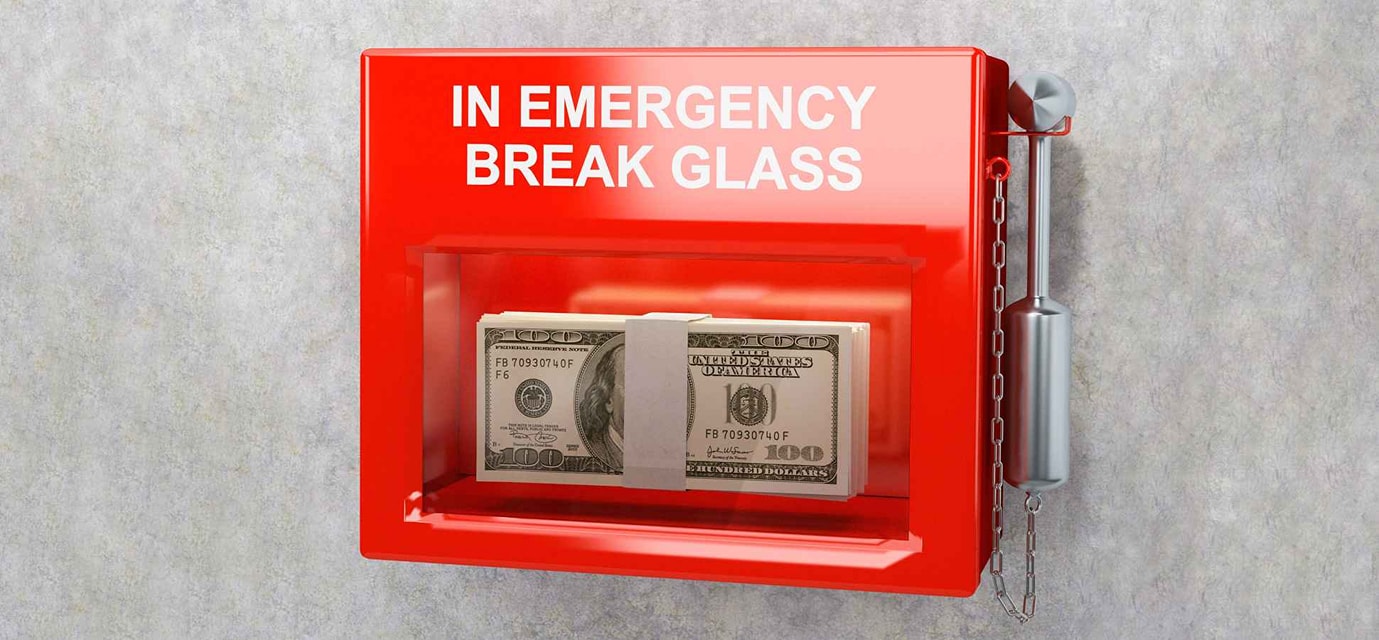Banking Blog
Emergency Fund

It’s the fund you can dip into in case sudden unexpected expense such as Car breakdown, Appliance repair or Medical expenses not covered by your insurance.
Survey in 2018 shows 4 in 10 Americans cannot afford sudden expense of $400.
Recent Market slump made many interested in investing but before you put in money into long term investments such as stock market, You need to make sure you have enough money set aside for emergency. So that you don’t have to sell your investments or belongings in case of emergency.
Usually it’s recommended to save up for 3-6 months of your monthly expenses. This might not be best idea when you have high interest debts such as credit card or Personal loans.
That’s why it’s recommended to first save $1000 and put it aside in different savings account. Point to note here is, it should not be in Gold, not in GIC, not in money market funds, not money lent to your friend But should be in liquid cash in your wardrobe or in savings account.
Once you have this, Then aggressively start paying back all your debts other than Mortgage. After its done , You can save up for 3-6 months of Emergency fund for situations such as Job loss.
Many will say they are planning to use Line of Credit or Credit card as emergency fund. Borrowing limit you have in those are at discretion of banks and they can reduce it or close it anytime the bank think it is too risky to lend unsecured debt to you.
It might look impossible to do especially when you live paycheck to paycheck, But believe me good budgeting can make you do this. Once you review your last month credit card statement, you can easily find number of expenses you can avoid. Will cover more about Budgeting in next post.
This post may contain affiliate links. Please read our disclosure for more info